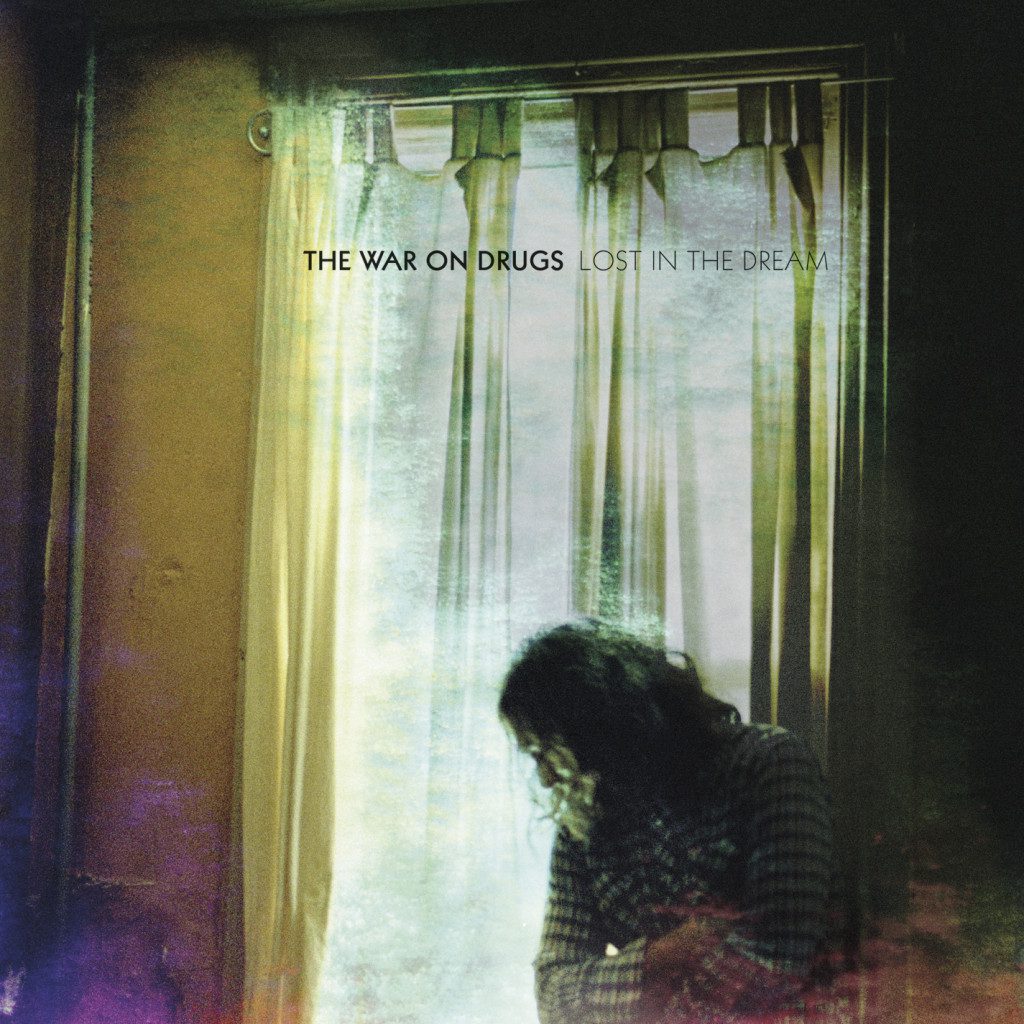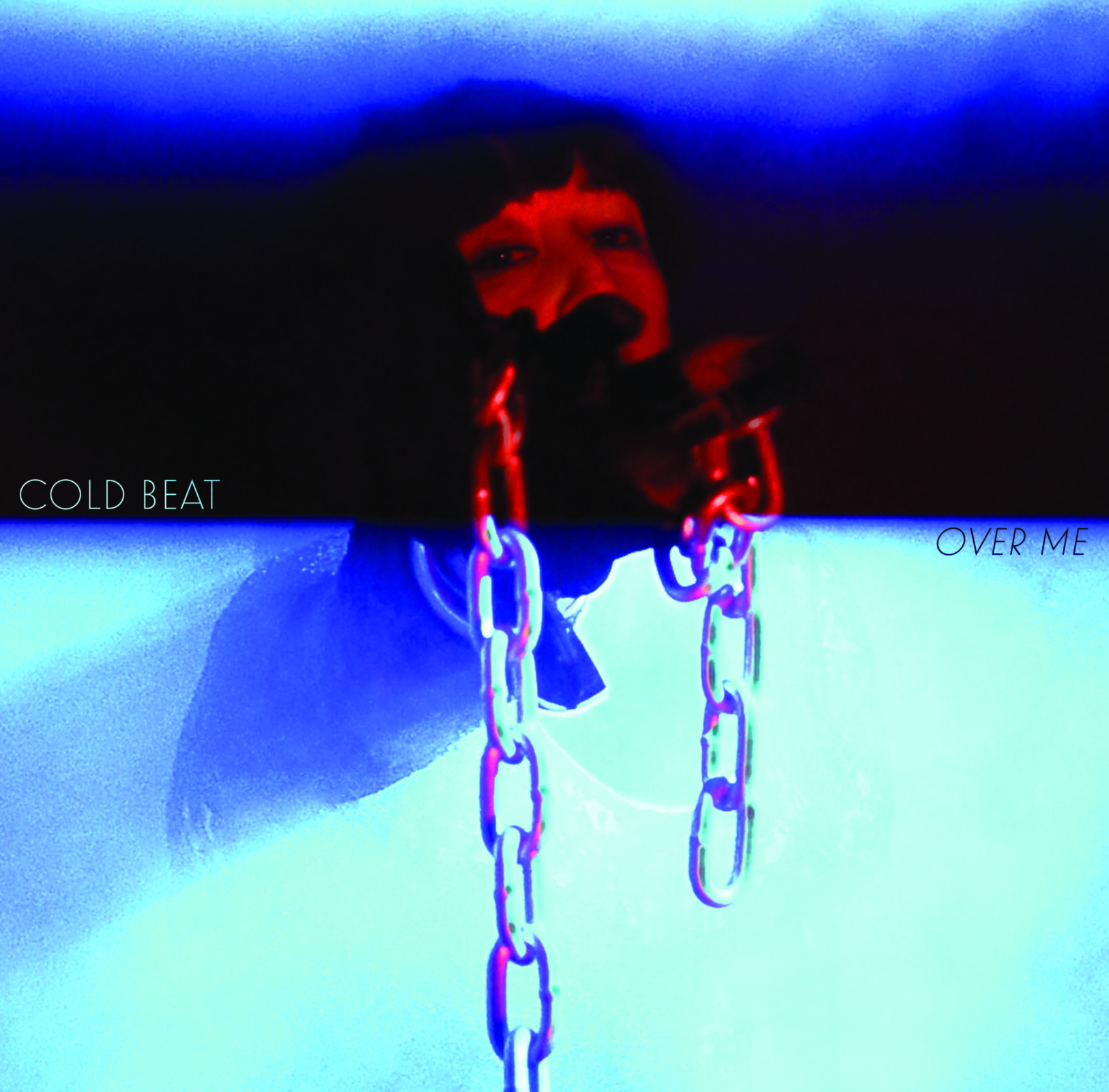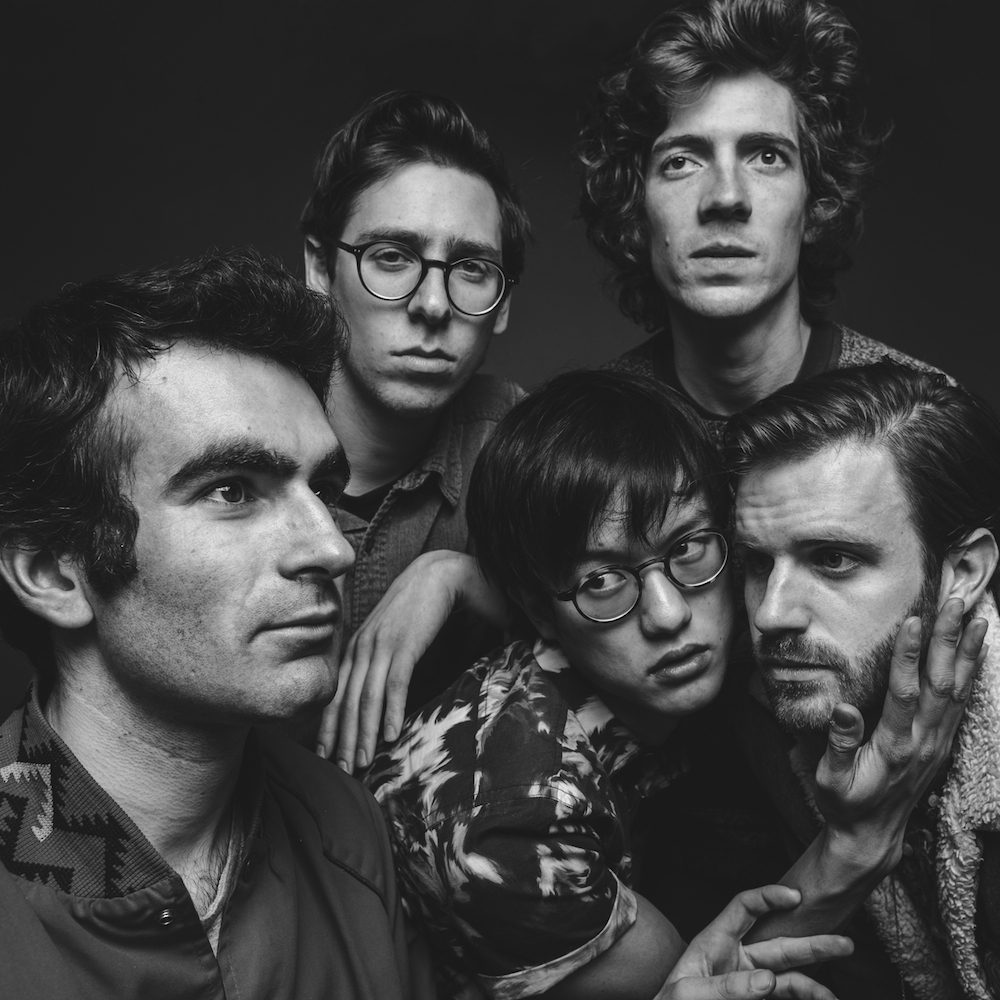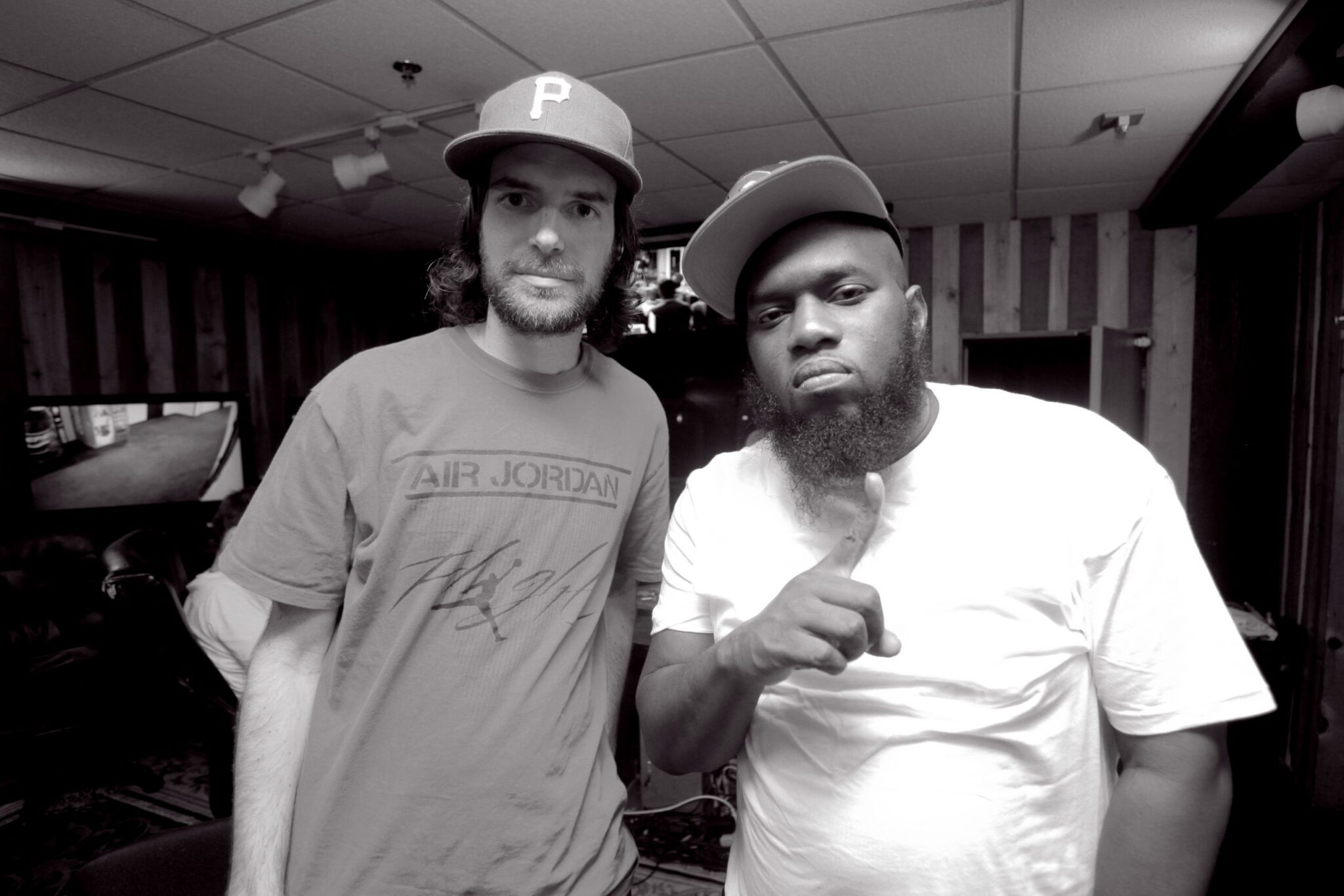
Three years ago, The War on Drugs wowed the world with their sophomore full-length album, Slave Ambient: proof that they were an impeccably strong band with or without Kurt Vile in the mix. Their chilled out Americana vibe garnered overwhelmingly positive responses, and along the way, the band were frequently likened to classic rock and folk kings like Bob Dylan, Bruce Springsteen, Tom Petty, Neil Young—you get the point. The comparisons seem, undoubtedly, a little grandiose, but they’re undeniably on point, and today, they still hold up against The War on Drugs’ newest release, Lost in the Dream.
The ten-track, hour-long album, due out March 18th on Secretly Canadian, is a dream itself—a trip that evokes images of rolling landscapes and sunlight filtering through the windshield; a dreamy soundscape that teeters between vivid, active moments and gauzy, casual balladry. Truly, the album demands a long, winding road to stretch out on. This music is the stuff of long road trips to beautiful, American landmarks like the Grand Canyon.
Maybe I’m biased, having experienced that exact road trip when I was young with my family, accompanied by the Dire Straits and Supertramp. But that seems to be the magic of Lost in the Dream: it’s nostalgic in a way that feels personal and poignant, blending with my own memories of mom’s long hair and dad’s Elton John sunglasses without the slightest hint of cheese. It’s impressive, actually, how well The War on Drugs maneuver their way through ’80s and ’90s sensibility, avoiding the tacky potholes that artists fell in those days and are still falling in today. “Disappearing,” for example, kicks off with distinctly ’80s-sounding percussion and bass that might, in lesser hands, be in danger of coming off as trite, but the band take their time fleshing out the hazy, synthy sound, carefully crafting a gorgeous track.
“Eyes to the Wind,” on the other hand, has a very classic sound, with elements that bring Dylan and Petty to mind (particularly with lead singer Adam Granduciel’s voice and style), but it still manages to sound original and engaging. The song also features a lush piano riff that envelops the listener with its sweetness and gentle catchiness. In fact, throughout the entire album, band members Patrick Ergery, Dave Hartley, Robbie Bennett, and Granduciel do an expert job of layering instruments—quietly reverberating guitars, piano, tambourine, harmonica, saxophone, synthesizers—to achieve a really rich and dynamic sound.
The last song, “In Reverse,” is a major highlight. It begins quite minimally, washing over you with waves of soft guitar feedback. The music comes into focus as a faraway object would, like something you’re trying really hard to make out, and Granduciel’s lyrics reflect the feeling: “Through the haze there’s no one there / Wonderin’ if you care / Calling out your name in the darkness.” But, slowly, the blurred edges harden and you finally know exactly what you’re looking at. The song is surely catchy, but not in the traditional definition wherein catchy implies simple, or irresistible like your favorite candy bar; instead, “In Reverse” keeps you pressing replay because it makes you feel something. Seven minutes somehow feels too short for this track.
Granduciel closes the album with the lyrics “I’ll be here fading away,” but rest assured Lost in the Dream leaves an imprint on you that won’t soon be fading.





